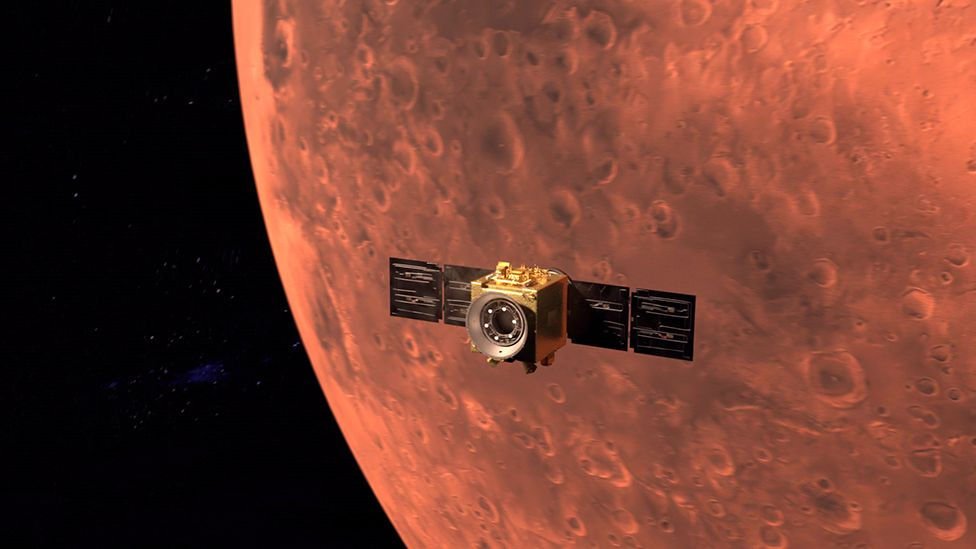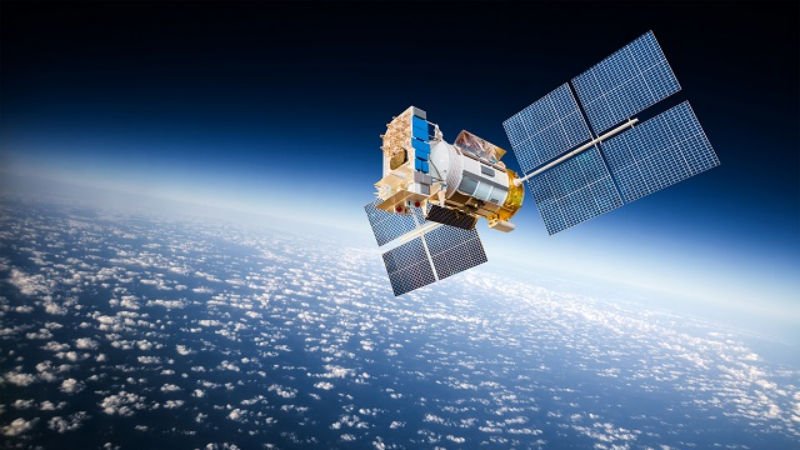In the modern era, satellites have become ubiquitous in our daily lives, playing a pivotal role in communication, navigation, scientific research, and national security. These artificial celestial bodies orbiting Earth have transformed the way we connect, explore, and understand our planet and beyond. Join us as we explore the fascinating world of satellites, delving into their functions, impact, and the exciting possibilities they present for the future.
Orbiting Sentinels: Types and Functions of Satellites
1. Communication Satellites
Communication satellites form the backbone of global connectivity, facilitating telecommunications, broadcasting, and internet services. They operate in geostationary or low Earth orbits, enabling seamless communication across continents.
2. Earth Observation Satellites
Earth observation satellites monitor our planet’s dynamic processes, capturing data on weather patterns, environmental changes, and natural disasters. They contribute to climate studies, disaster response, and resource management.
Navigation and Positioning: Global Positioning System (GPS)
1. GPS Constellation
The Global Positioning System (GPS) relies on a constellation of satellites to provide accurate positioning and navigation information worldwide. GPS technology has become integral to transportation, logistics, and everyday activities, influencing how we navigate the world.
2. Scientific Satellites
Satellites dedicated to scientific research contribute valuable data for understanding Earth’s atmosphere, climate, and magnetic field. They help scientists monitor changes over time, aiding in the development of models and predictions.
Military and Surveillance Satellites
1. Reconnaissance Satellites
Military and reconnaissance satellites play a crucial role in national security by providing real-time intelligence, monitoring potential threats, and supporting strategic decision-making. Their capabilities include high-resolution imaging and communication interception.
2. Space-Based Defense Systems
Satellites are essential components of space-based defense systems, enabling secure communication, early warning systems, and surveillance. They enhance military capabilities and contribute to global security.

Space Exploration: Probing the Cosmos
1. Space Telescopes
Satellites like the Hubble Space Telescope and its successors observe the cosmos from above Earth’s atmosphere, capturing stunning images and conducting astronomical research. These space-based observatories offer unparalleled views of distant galaxies and celestial phenomena.
2. Planetary Exploration Satellites
Probes and rovers equipped with satellite technology explore other planets and moons within our solar system. These missions, such as those conducted by NASA’s Mars rovers, provide insights into planetary geology, atmospheres, and the potential for life beyond Earth.
Challenges and Concerns: Space Debris and Sustainability
1. Space Debris Management
The increasing number of satellites in orbit has raised concerns about space debris. Collision risks and the generation of debris pose challenges for space agencies and satellite operators. Efforts are underway to develop guidelines for responsible space practices.
2. Sustainability and End-of-Life Considerations
Addressing the environmental impact of satellites includes implementing measures for sustainable design, responsible space disposal, and satellite end-of-life strategies. Innovations like deorbiting systems aim to mitigate the long-term effects of space debris.
Future Frontiers: Megaconstellations and Beyond
1. Megaconstellations for Global Connectivity
Projects like SpaceX’s Starlink and OneWeb aim to deploy megaconstellations—large networks of interconnected satellites—to provide global broadband internet coverage. These initiatives have the potential to bridge the digital divide and transform internet accessibility.
2. Interplanetary Satellites and Beyond
As humanity sets its sights on interplanetary exploration, satellites will play a crucial role in studying and understanding celestial bodies beyond Earth. Future missions may include orbiters, landers, and even communication networks for colonies on the Moon and Mars.
Conclusion
Satellites have become indispensable tools that shape our understanding of Earth and enable exploration beyond our planet. From revolutionizing communication to advancing scientific research and national security, the impact of satellites is profound. As we navigate the challenges of space debris and sustainability, the ongoing innovations and future frontiers in satellite technology promise exciting possibilities for the continued exploration of our universe. Satellites, the silent sentinels in the sky, continue to connect, observe, and inspire, reflecting the boundless potential of human ingenuity and exploration.

